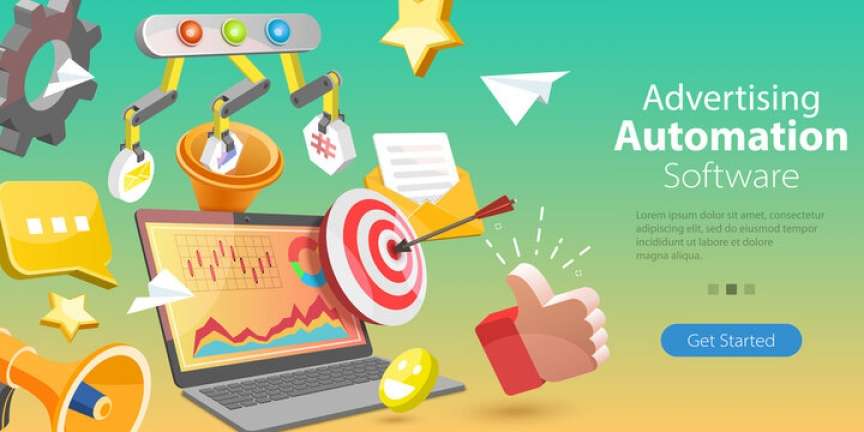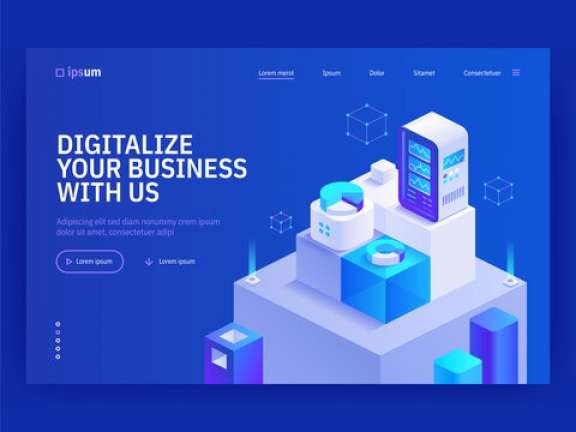Businesses can harness current tech and keep one step ahead of their rivals by investing in some of the best construction technologies available today. Updating your existing procedures has beneficial, real-world applications. To keep your construction company’s edge over its competitors, you’ll need to integrate some of the following strategies into your plans and work processes:
Drone Tech
Drones are a popular new building technology seeing increased use in construction. They can be cheaper than typical photography from an aircraft and can perform site assessments faster and more precisely than a team performing the labor manually.
Drones can take measurements and produce dynamic topographical or 3D sketches and models, thanks to the recent camera and data collection technologies. Check out all forestry equipment opportunities here. 30
Their capability to securely investigate difficult-to-reach areas, including around large buildings or structures, is yet another advantage of employing drone tech. They can also be used to keep an eye on workers and the development at a construction site. Using drones can save you a mountain of effort when collecting site data, which is why reputable civil design and construction companies are increasingly choosing to employ this revolutionary tech.
Data Collection
With the improved mobility of smartphones and tablets that enable better flexibility to operate from just about anywhere, various pieces of software are becoming increasingly commonplace in the construction industry. Construction businesses are using data collection tools to obtain data from the worksite more quickly, accurately, and with better quality. So, with this kind of software, it is not difficult to integrate into your existing workflows, while costing less up front, and offering substantial advantages.
Processes can be improved by automating data collection so that when one form is submitted, another one is sent out until the job at hand has received all the approvals and the information has all been captured. Applications for data collection can also help with routine maintenance checks, reporting of near misses, and thorough job safety analysis, all of which can enhance safety compliance.
Building Information Modelling (BIM) Software
Improved collaboration is made possible by the usage of BIM as each individual and department can contribute to a single model, rather than the work being split up into several iterations of a 2D paper sketch. In this approach, the shared model is instantly updated when new contributions are made, speeding up the procedure and boosting efficiency. By automating collision detection and providing a broader picture of the project, BIM also assists with solutions throughout the planning and design phases of a project.
Today, more and more international government measures are being implemented to make BIM a requirement for major infrastructure projects, so it makes sense to consider implementing a BIM solution sooner, rather than later.
Virtual Reality
BIM is frequently combined with Virtual Reality (VR) technologies to aid in the understanding of complicated projects. With BIM, you can design a building, and you’ll then be able to use VR to navigate your digital design. This can provide your organization or customer with a more accurate vision of the project’s final product. You also have the chance to prevent significant and expensive change requests in the middle of the project if you have a better understanding of the project before you do any work.
Seasoned experts, as well as trainees, need to sometimes undergo training since the construction sector operates in high-risk areas. With the help of VR-based training programs, students may practice handling real-world scenarios in a completely safe setting. Trainees can safely gain vital practical learning experience while understanding how to operate heavy and dangerous equipment while using a VR construction training simulator.
Artificial Intelligence
Artificial intelligence, sometimes known as AI, is the ability of robots and computer systems to steer their processes and actions. There are currently several construction robots powered by AI that can carry out a variety of site-related duties. If used properly, these devices might save project costs, boost safety, boost productivity, and open up employees to work on less laborious and repetitive tasks.
Notable machines driven by AI that are starting to show up on building sites would include bricklaying Semi-Autonomous-Mason (SAM) machines, a computerized elevator assembly system, an automatic welding arm by AWI, and an expanding array of aerial drones, to name a few. Employing a construction technologist is a smart move for construction organizations, but everybody needs to bear in mind that AI is merely an instrument similar to any other. The comfort, safety, and well-being of human employees should always come first.
A wise business decision would be to invest in the most effective construction technology for your company’s needs. Identifying digital and electronic tools that can assist you in achieving your business’s goals is essential for success. An excellent place to begin your digital transformation is by finding methods to harness your data. Software for data collection has a very low initial cost and enormous ROI potential. With a few key pieces of technology in place, you can quickly gain a competitive edge and excel in your field.















